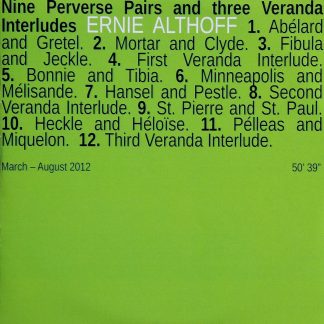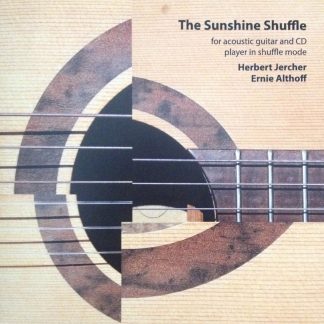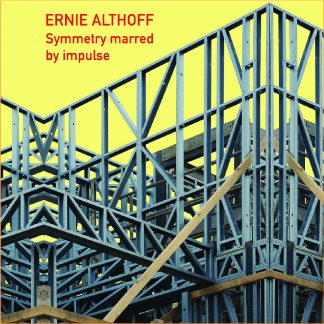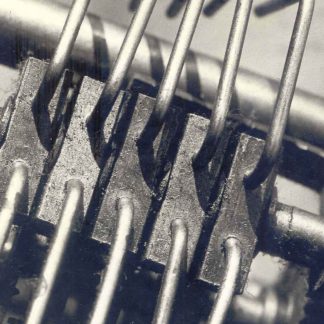Description
Reissue notes
My photograph archives show some of the machines featured here used in live performances (1987-88), and I’ve also located sketches of two of the machines from late 1986. Often I would draw these, with all the relevant parts arrowed and labelled, on 1/3 A4 pieces of card. These then served as a kind of ‘score’ and parts-list for the machines’ multiple appearances.
Machines 2, 4 and 6 all use the rotating T-arm and suspended beaters system I’d been using for some years now (Machine 4 uses a cassette player as its motor, and so rotates in the opposite direction to the record player turntables used for the others). Like the machine used for “The Way I See It”, the sonic arrays were mostly multi-timbral in the broadest sense, but in 1986 a scrap metal dealer noticed me hitting things in his shop and asked if I was interested in a box of old cymbals he had at home. The price was right, and I became the owner of a new resource. I’d take along a different few to every event, and learnt how much variation there was in the sounds of cymbals, even crappy ones like mine. Making a machine that played just cymbals was a natural progression.
This machine (Machine 4) and the rolling roar of Machine 1 started this project. Keeping to a metals consistency seemed a good idea. Also relevant was my newly acquired Fostex X-15 4-track cassette recorder, which enabled me to plan a piece that faded one stereo pair of tracks over to another pair. Eventually it was titled “Parade” because of the processional aspect; at that time I did not know of Erik Satie’s piece.
I had a workroom in my house that became the recording studio. I learned about the jarring impact of percussive transients on electret condenser microphones placed too close. I recorded late at night to minimize the background hum of traffic. I built an elaborate rig with blankets to record Machine 5. I got there.
I’d always liked permutations and combinations from high-school mathematics. With four tracks and seven machines, sorting out the 35 ways of selecting four from seven was easy. To avoid the the big timbral shock of four simultaneous changes, I moved the blocks on the score out of alignment. It began to look like a low brick garden fence from the 1960s – hence the “Bricklaying” title. To add dynamic interest, I included a system of up to three preset volume changes per block (e.g. one change: Vv, two changes: vVv, three changes: vVvV). I think this works very well; after 21 years it’s still such a surprise when that little pitch-bent tin can sound leaps out at you! This is textural complexity of which I never tire!
Why didn’t I reveal that the machines’ motors were record player turntables and a cassette player in the program notes? I seem to awfully coy about this, referring only to “things rotating”. Even the platter mat of Machine 3 is just called a “rotating rubber mat”. OK, now I’ve come clean!
The cassette’s cover photograph shows a part of the striking mechanism of a wooden-cased mantel clock. It was taken in 1971 for a graphic design project.
Ernie Althoff
September 2011




